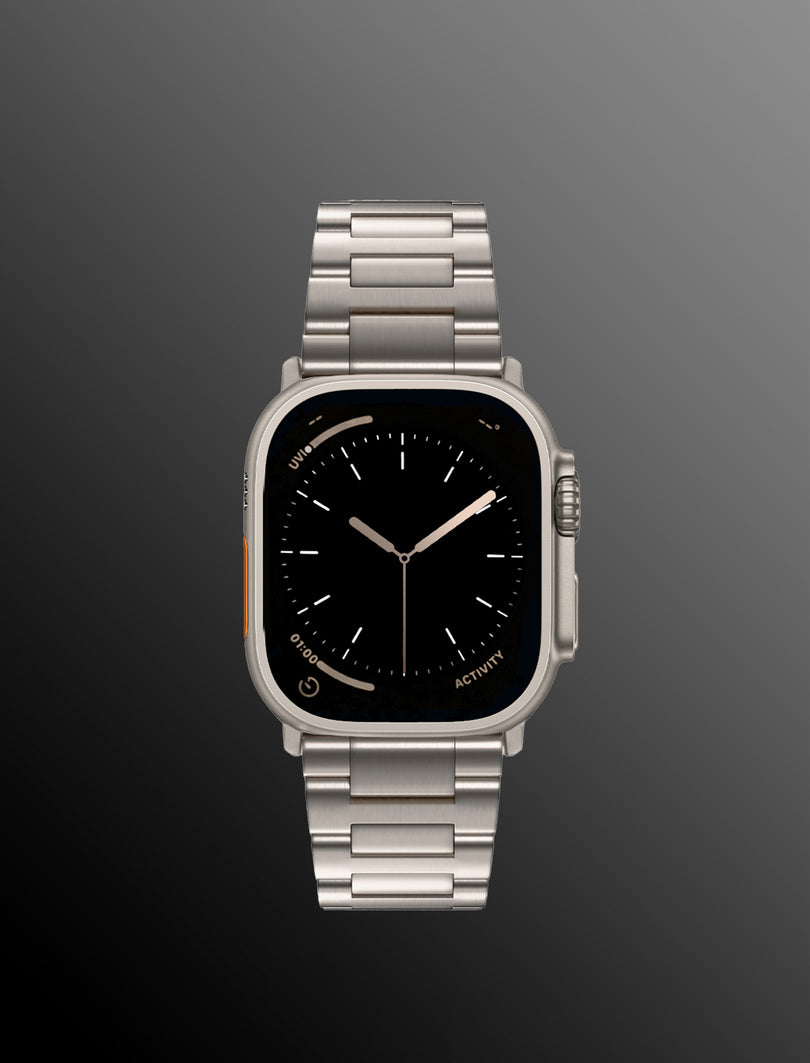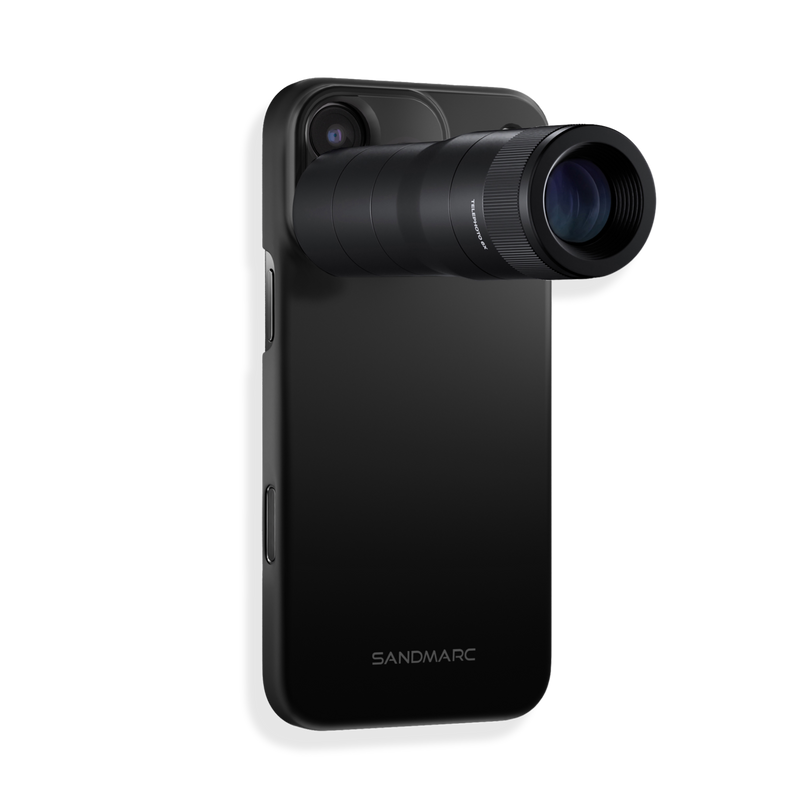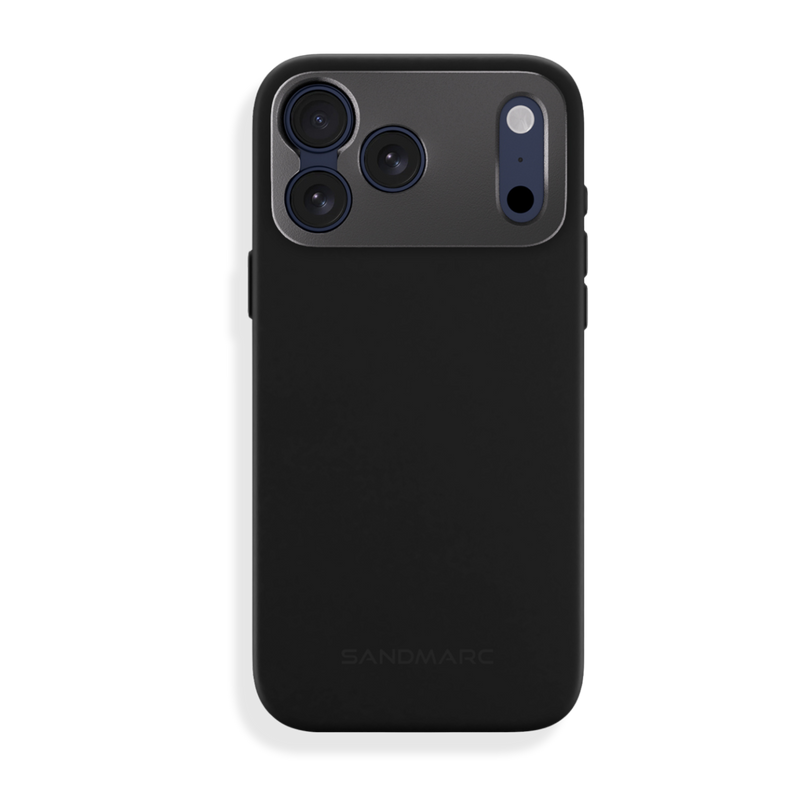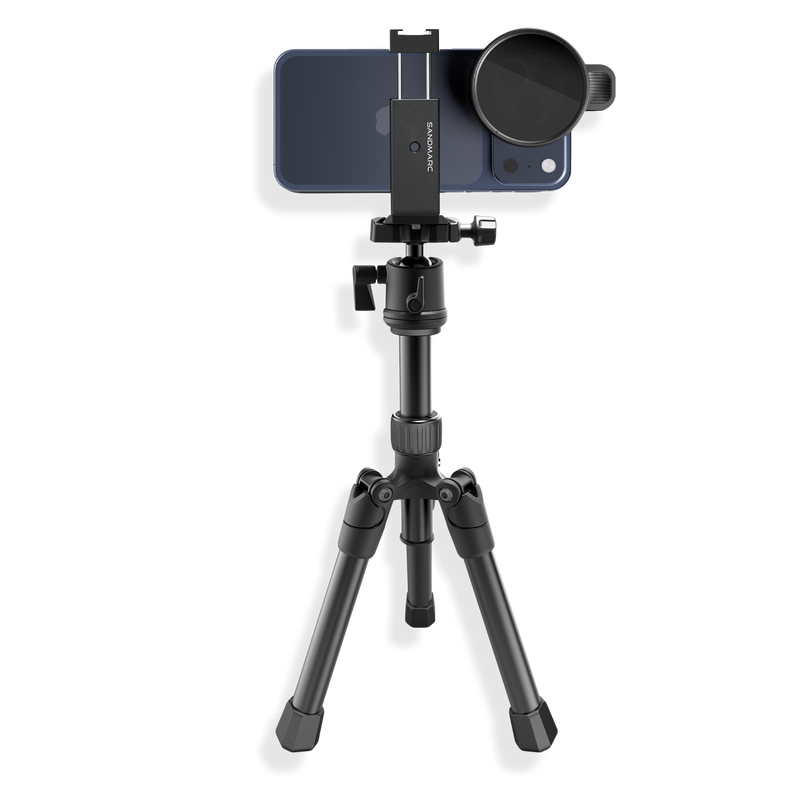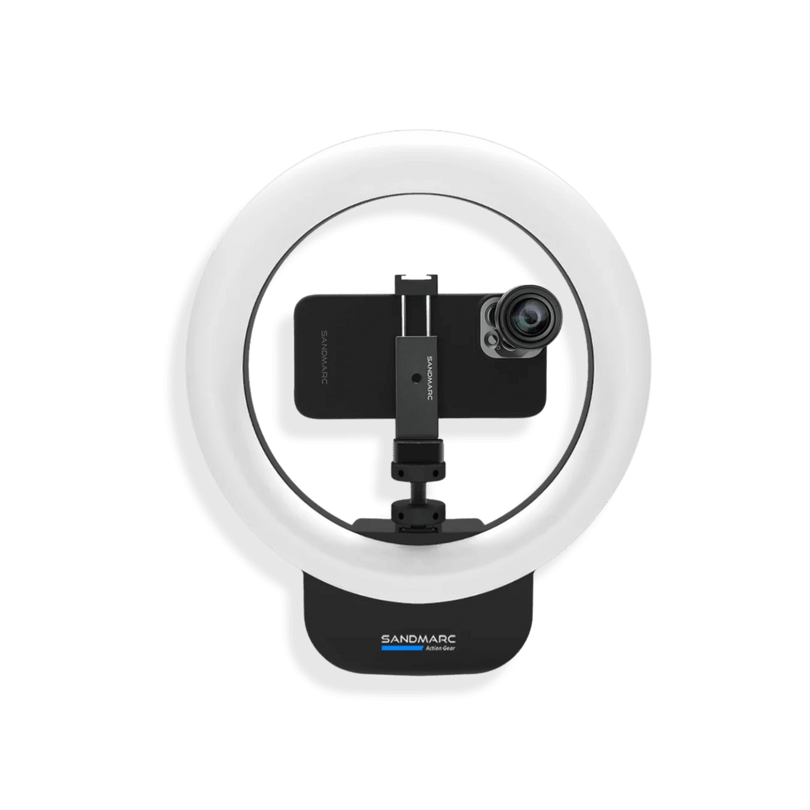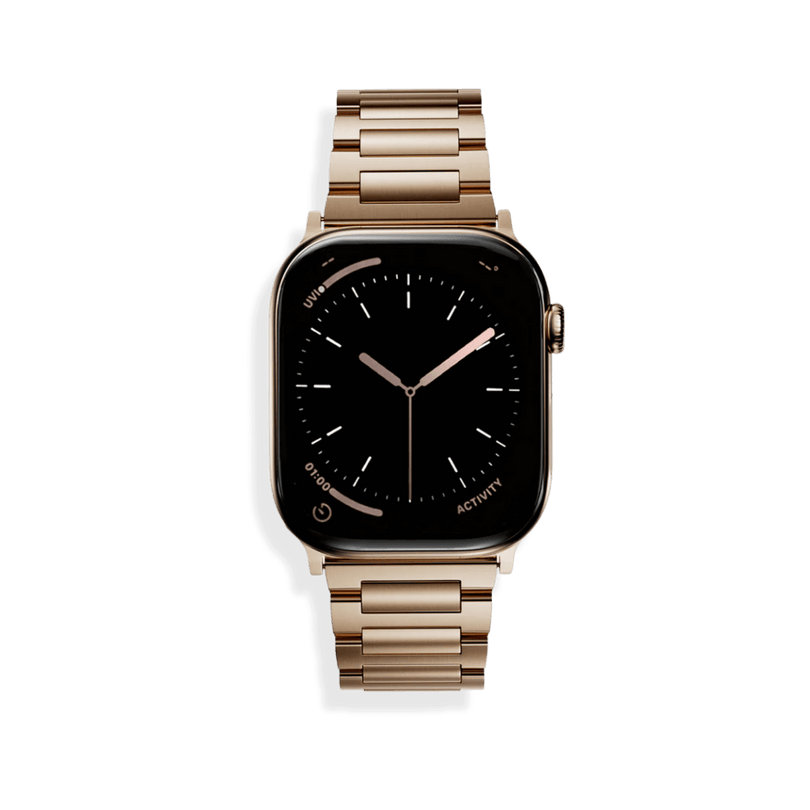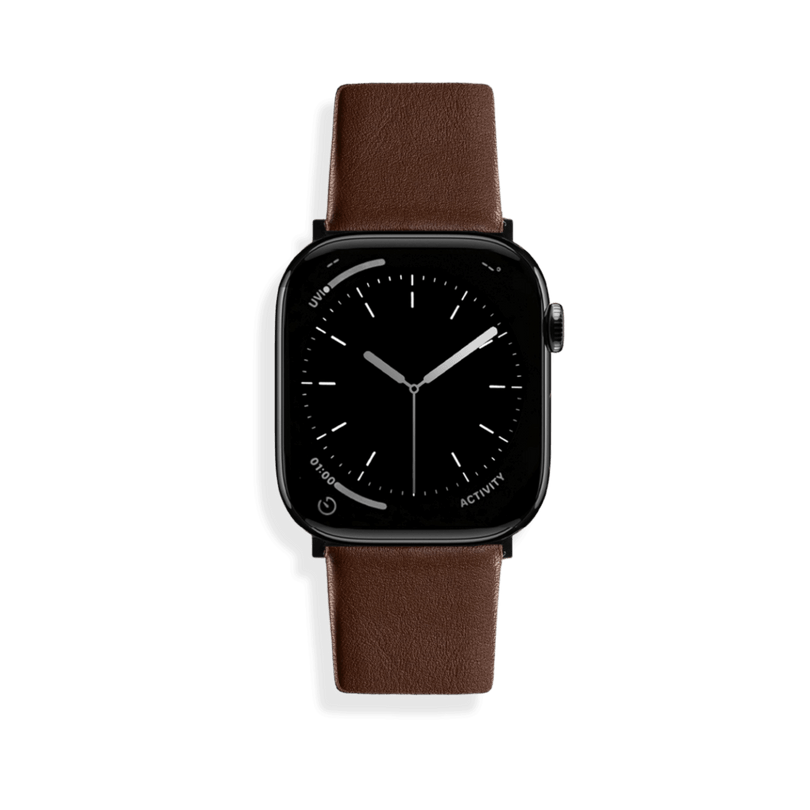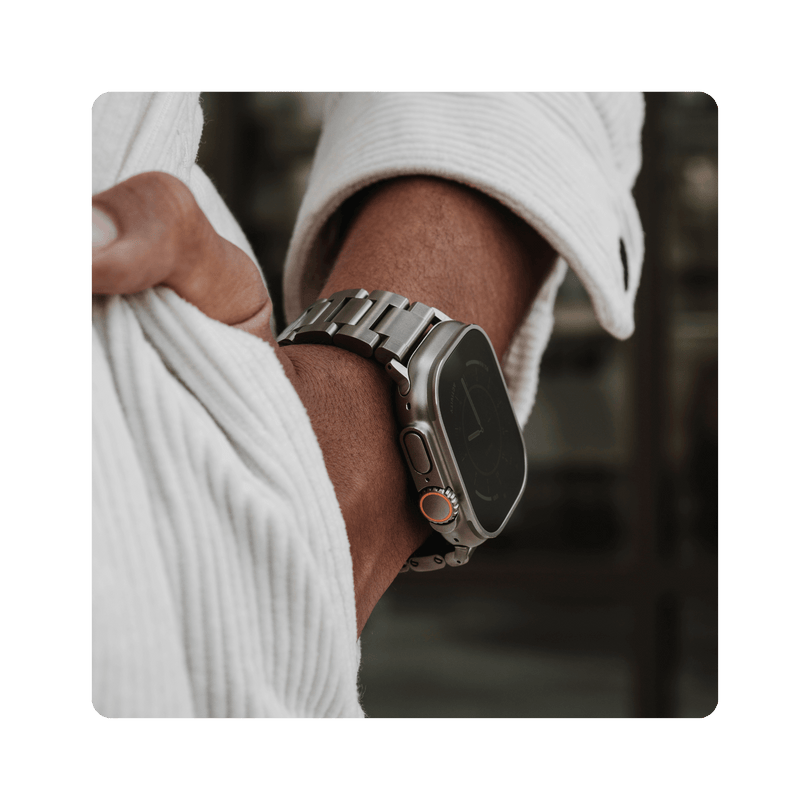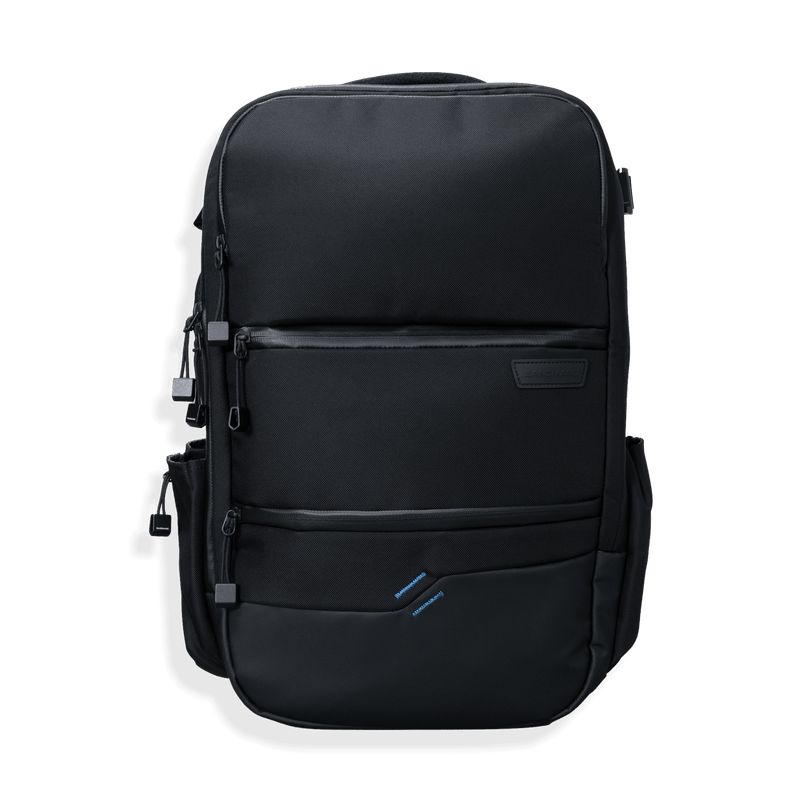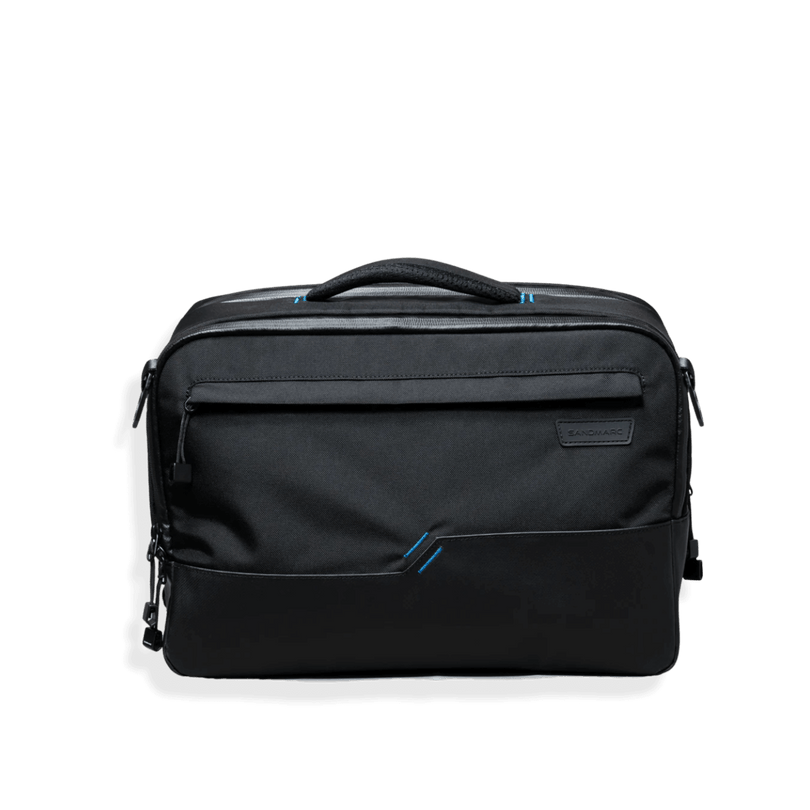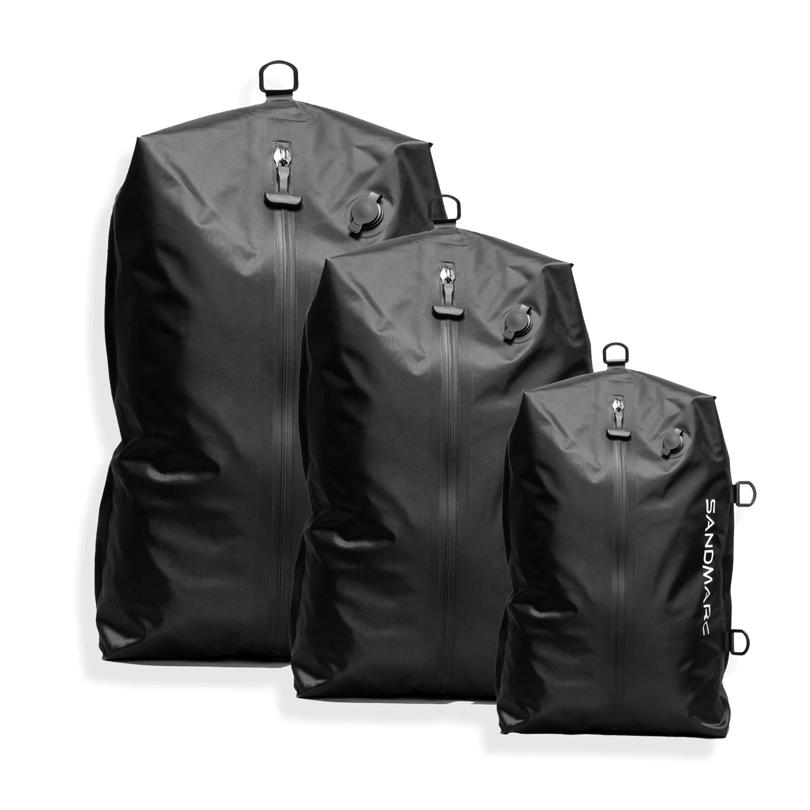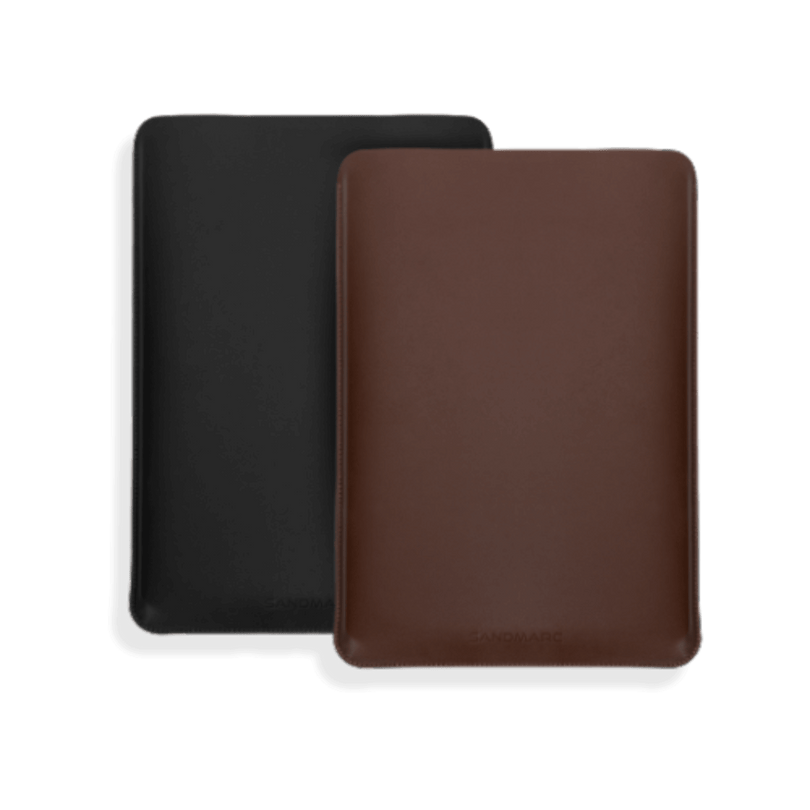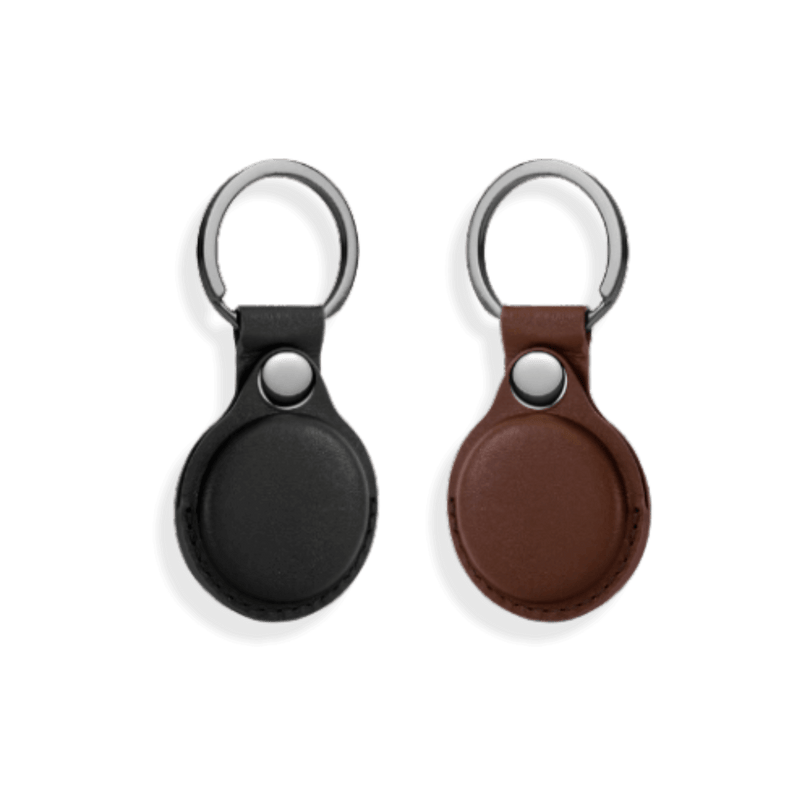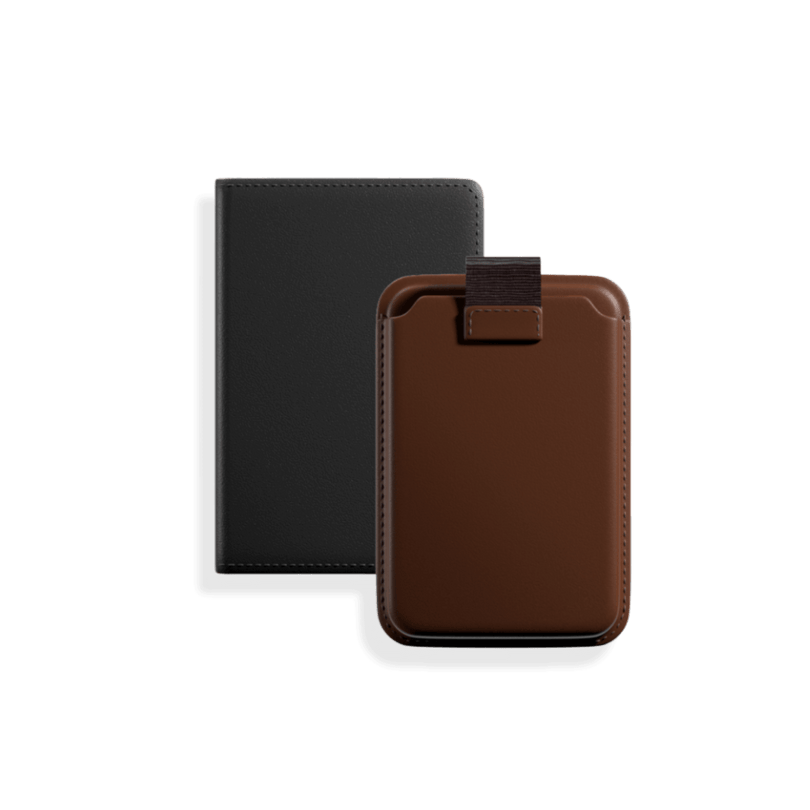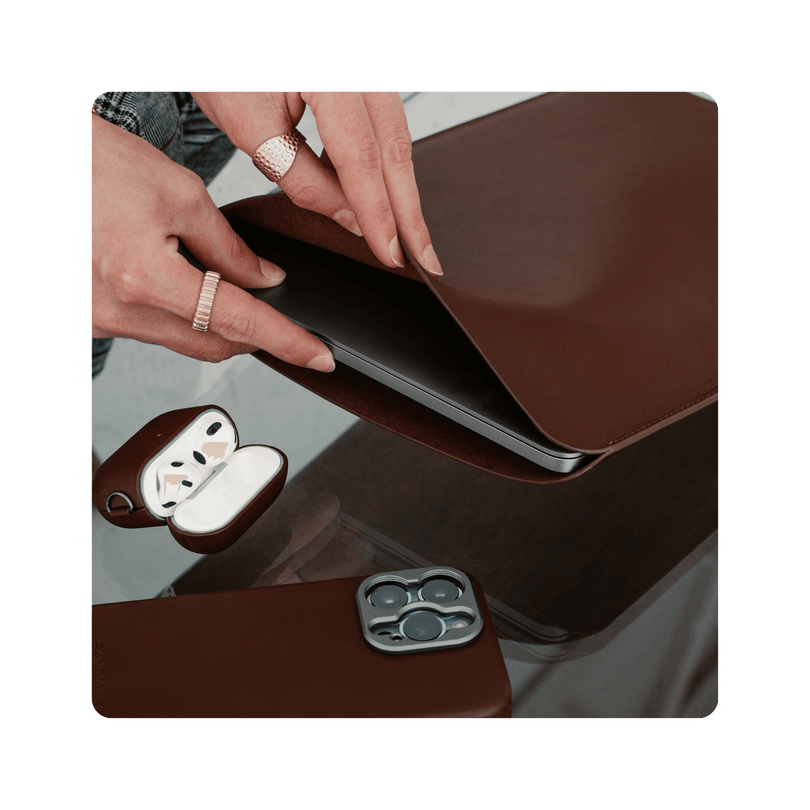ProRes for Mobile Filmmaking: Unlocking the Full Potential of iPhone Video
The Power of ProRes on iPhone
With the launch of the iPhone 13 Pro and iPhone 13 Pro Max, Apple users were introduced to ProRes, giving them a higher-quality format for capturing video on the iPhone. ProRes supports more advanced editing by preserving greater detail and color information for cinema-grade post-processing. Once you know how to use it, your footage will hold up better in post-production, giving you more flexibility to refine your edits.
What Is ProRes?
Apple ProRes is a high-quality video codec designed for professional post-production. Unlike standard recording formats such as MP4, ProRes isn’t a “file type”; it’s a compression method designed to preserve as much image quality as possible while still being efficient enough for real-time editing.
Depending on your iPhone model and storage configuration, you may have access to one or more of these variants. For example, higher-capacity iPhone models (and those connected to external SSDs) can record in ProRes 422 HQ or even 4444 for maximum detail, while base models are typically limited to standard ProRes 422 due to file size and performance considerations.
ProRes 422 HQ: The highest quality 4:2:2 variant, offering superior color detail and minimal compression.
ProRes 422: A balanced option for excellent quality and smaller file sizes, suitable for most professional work.
Depending on your iPhone model and storage configuration, you may have access to one or more of these variants. For example, higher-capacity iPhone models (and those connected to external SSDs) can record in ProRes 422 HQ or even 4444 for maximum detail, while base models are typically limited to standard ProRes 422 due to file size and performance considerations.
ProRes 422 HQ: The highest quality 4:2:2 variant, offering superior color detail and minimal compression.
ProRes 422: A balanced option for excellent quality and smaller file sizes, suitable for most professional work.
ProRes 4444: Delivers even greater color precision and supports an alpha channel, used in advanced compositing and visual effects.
Read this article for more information on Apple’s ProRes codec flavors, like 4444 and 422 HQ.
How ProRes Works on iPhone
As mentioned above, the iPhone 13 Pro was the first model to introduce ProRes, and Apple has continued to upgrade this feature since then. The iPhone 15 Pro, 16 Pro, and 17 Pro all gained more advanced ProRes options, including ProRes Log and higher data-rate modes, which are driven by increased bitrates. Bitrate refers to how much data the camera records per second, and higher bitrates allow the iPhone to capture more information, resulting in better image quality, larger file sizes, and greater flexibility in color grading.
Overall, the bitrate influences how heavily compressed the footage is. A low bitrate results in more compression and less editing flexibility, while a high bitrate delivers less compression and better results for professional editing because of the increased flexibility.
iPhones support multiple ProRes variants and recording modes depending on the model and storage configuration. At a high level, you can expect options such as:
Overall, the bitrate influences how heavily compressed the footage is. A low bitrate results in more compression and less editing flexibility, while a high bitrate delivers less compression and better results for professional editing because of the increased flexibility.
iPhones support multiple ProRes variants and recording modes depending on the model and storage configuration. At a high level, you can expect options such as:
- 4K at up to 30 fps when shooting ProRes directly to the phone’s internal storage.
- 4K at 60 fps or higher data rates when recording to an external SSD.
- 1080p at 60 fps for lower file sizes or when storage is more limited.
- ProRes Log on newer Pro models, which provides greater flexibility in color grading and dynamic range. iPhone 15 Pro / Pro Max is the first model to support Log, and iPhone 16 Pro / Pro Max and 17 Pro / Pro Max continue this support.
Apple doesn’t publish a universal bitrate chart, but the file sizes are large enough that Apple provides general guidance. For example, 1 minute of 4K ProRes 422 HQ can easily exceed several gigabytes (around 6 GB per minute is common for 4K/30). Higher-quality modes such as ProRes 4444 are even larger.
ProRes vs. HEVC
HEVC is the default video codec on iPhone, unless you manually switch it to ProRes. Below is a table comparing them both:
| Feature | ProRes | HEVC (H.265) |
|---|---|---|
| File Size | Large | Small |
| Bitrate | High (10 bit) | Lower (8 bit) |
| Color Depth | 10 bit | 8 bit |
| Editing Flexibility | Professional grade | Limited |
| Compression | Mild | Aggressive |
| Ideal Use | Cinematic work, color grading | Social media, quick content |
How to Enable and Record in ProRes on iPhone
Step-by-step:
- Go to Settings → Camera → Formats → Apple ProRes.
- Open Camera app → Choose Video mode → Tap “ProRes” toggle.
- Adjust resolution and frame rate (4K / 1080p).
- Monitor remaining record time (visible on top of the screen).
- For extended recording, connect an external SSD via USB-C (iPhone 15–17 Pro).
Editing ProRes Footage
We recommend using DaVinci Resolve for the best for color grading and ProRes Log workflow. This is the app we use when editing our shot on iPhone cinematic videos.
ProRes Log on iPhone 15–17 Pro captures a wider dynamic range, preserving more highlight and shadow detail for maximum grading flexibility. The flat image you see on capture holds far more color data, making it ideal for cinematic post-production work.
ProRes Log on iPhone 15–17 Pro captures a wider dynamic range, preserving more highlight and shadow detail for maximum grading flexibility. The flat image you see on capture holds far more color data, making it ideal for cinematic post-production work.
Quick Guide: LUTs, White Balance & Exposure:
LUTs: Apply a conversion LUT first to bring Log footage into Rec.709, then add a creative LUT if desired.
White Balance: Correct temperature and tint to neutralize skin tones and restore natural color before stylizing.
Exposure: Adjust shadows, mids, and highlights carefully, Log files allow significant recovery on both ends of the range.
Gear for Shooting ProRes with SANDMARC Gear
- Hybrid Filters: Perfect for capturing outdoors to manage overexposure and reduce glare.
- Motion Variable Filter: Ideal for adding a cinematic motion blur to your action shots.
- Anamorphic Lens: Creates a widescreen, filmic look with a blue flare.
- Wide Lens: For an ultra-wide angle that works well in low-light conditions.
- Creator Grip: Adds stability and allows you to attach an SSD mount for ProRes workflows.
- Hybrid Mount: The Hybrid Mount can attach to the Creator Grip for the SSD.
Final Thoughts: Bringing Hollywood Tools to Your Pocket
Learning how to switch from HEVC to ProRes will allow you to push the limits when it comes to editing your footage on an iPhone. The iPhone is capable of capturing beautiful, cinematic footage, and once you learn how to edit and color grade properly, your videos will appear more vibrant and have that extra professional edge.
Author's Bio
Born on the California coast, SANDMARC designs gear for those who live life in motion—travelers, photographers, and filmmakers. Every SANDMARC product is thoughtfully designed to elevate how you capture, carry, and experience the world. With a focus on quality and functionality, their blog offers tips, guides, and inspiration to enhance the creative journey.

